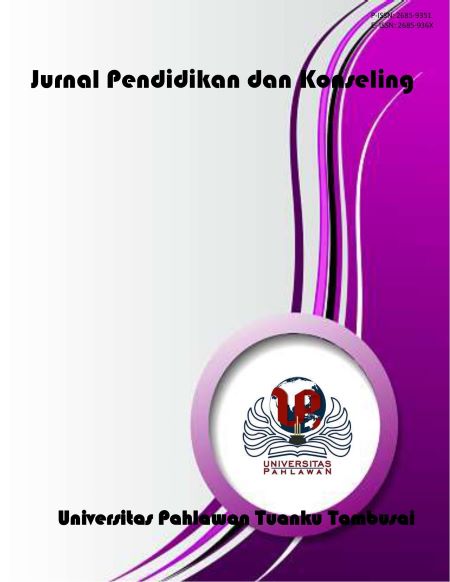Monitoring and Evaluation of the Implementation of the Arabic Language Learning Curriculum in Madrasa
DOI:
https://doi.org/10.31004/jpdk.v4i4.5332Abstract
This study uses a descriptive qualitative approach in examining the facts and phenomena that occurred at MA Al-Irsyad Al-Islamiyah Haurgeulis related to monitoring and evaluation issues. The research method used is a field study, with data collection techniques through observation, interviews and documentation. This study aims to determine the planning and implementation of learning as well as monitoring and evaluating the implementation of the Arabic language learning curriculum at the Madrasah Aliyah. Several things that can be concluded are: 1) Learning planning is done quite well with the accuracy of the schedule and completeness of existing learning tools, 2) Implementation of learning which includes the learning process for 1 semester , evaluation of learning by teachers and documentation of learning process activities, all running according to the curriculum, 3) Monitoring and evaluation which includes evaluation of the implementation of learning can be judged to be quite good based on the results of the assessment rubric filled by students against Arabic language teachers in carrying out the teaching and learning process in the classroom. Likewise, monitoring and evaluation of learning by the principal of the teacher is carried out at the end of each semesterDownloads
Published
2022-07-11
How to Cite
Iis Susiawati, Ridlo, U. ., & Mardani, D. . (2022). Monitoring and Evaluation of the Implementation of the Arabic Language Learning Curriculum in Madrasa. Jurnal Pendidikan Dan Konseling (JPDK), 4(4), 836–845. https://doi.org/10.31004/jpdk.v4i4.5332
Issue
Section
Articles
License
Copyright (c) 2022 Iis Susiawati, Ubaid Ridlo, Dadan Mardani

This work is licensed under a Creative Commons Attribution-ShareAlike 4.0 International License.
Authors retain copyright and grant the journal right of first publication with the work simultaneously licensed under a Creative Commons Attribution-ShareAlike 4.0 International License that allows others to share the work with an acknowledgement of the works authorship and initial publication in this journal. Authors are able to enter into separate, additional contractual arrangements for the non-exclusive distribution of the journals published version of the work (e.g., post it to an institutional repository or publish it in a book), with an acknowledgement of its initial publication in this journal. Authors are permitted and encouraged to post their work online (e.g., in institutional repositories or on their website) prior to and during the submission process, as it can lead to productive exchanges, as well as earlier and greater citation of published work (See The Effect of Open Access).





.png)










